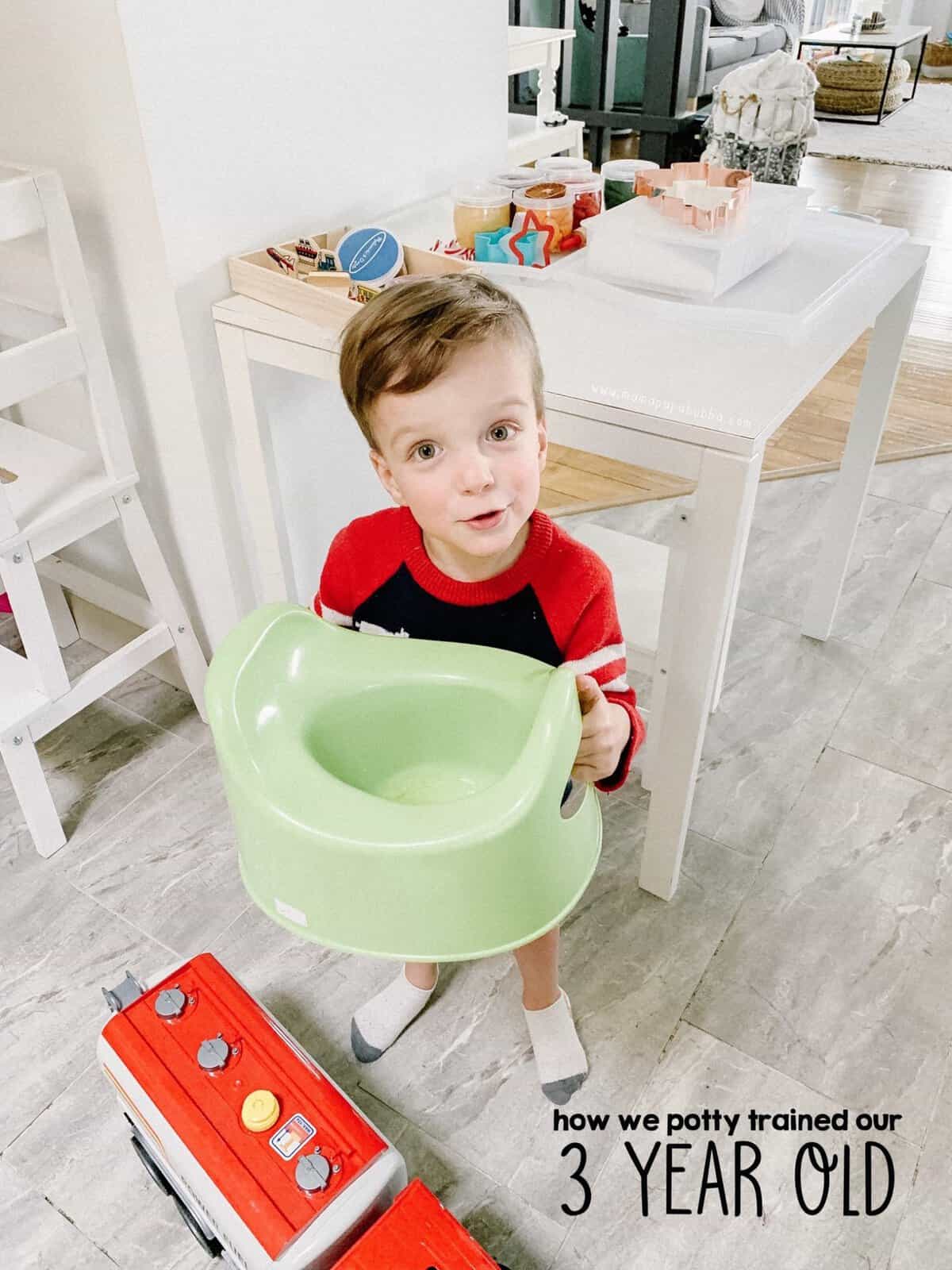Toilet Training for 3-Year-Olds: Your Ultimate Guide to Success
Hey there, super parents! ? Are you ready to embark on the thrilling adventure of toilet training with your little one? As they say, “With great power comes great responsibility,” and teaching your 3-year-old to use the potty is a mighty task indeed. But worry not! With this ultimate guide, you’ll be well on your way to celebrating a milestone worth remembering. Let’s dive in and transform potty training from daunting to doable! ?
Understanding the Signs of Readiness
First things first, it’s important to determine if your kiddo is actually ready to take the plunge into the world of potties. Every child is unique, and while some might be eager to start at 3, others may need a bit more time. Here are a few signs that your tot is good to go:
- Consistent dry spells: If your child is regularly having dry periods of a few hours or is waking up dry from naps, that’s a green light! It means they’re developing bladder control.
- Curiosity about the toilet: Showing interest in bathroom routines and asking questions is a positive indication that they’re ready to learn.
- Dislike of dirty diapers: Discomfort with soiled diapers? They might be ready for the comfort of undies!
- Can communicate needs: If they can express when they need to go, or have already done so, you’re cruising down Potty Training Lane.
- Can follow simple instructions: This skill is crucial for navigating the steps involved in using the toilet independently.
Choosing the Right Equipment
It’s shopping time! ?? To make toilet training as seamless as possible, you’ll need the right gear. Here’s what should be on your list:
- A potty chair or seat: Some kids prefer a standalone potty that’s just their size, while others like a potty seat that fits on the regular toilet. Consider which option your child might be more comfortable with.
- Step stool: If you opt for a potty seat, a step stool is essential for those little legs to reach the toilet and to help them stabilize.
- Training pants: These are super helpful for the transition. They pull up and down like underwear but offer some protection against accidents.
- Fun undies: Let your child pick out their own underwear with favorite colors or characters. It makes wearing them that much more exciting!
Getting Started with a Positive Attitude
Attitude is everything! Approach toilet training with a can-do spirit and plenty of enthusiasm. Kids are incredibly perceptive and will catch on to your vibes, positive or negative. So, shine bright with positivity and let’s make this a celebration of growing up!
Creating a Routine
Routines are comforting for kids, especially when they’re learning something new. Establish a simple, consistent potty schedule. Aim for potty breaks first thing in the morning, after meals, and before bed. Remind your child gently, but don’t force them if they’re resistant. The key is to encourage regular attempts without pressure.
Now, remember, dear parents, potty training is a journey with its ups and downs. Just like any adventure, it’s filled with moments of triumph and the occasional setback. However, armed with patience, love, and a sprinkle of fun, you and your pint-sized hero will conquer this challenge together! Looking for more super strategies? Keep reading, as there’s plenty more wisdom to come! ?

Five Essential Things Parents Should Know When Preparing for Toilet Training
Toilet training can be an exciting time for both you and your child. But before you jump into it, there are some essential things you should know that will help set the stage for success. Here are five things every parent should keep in mind:
1. Patience is Key
Patience isn’t just a virtue; it’s a necessity when it comes to potty training. Be prepared for a gradual process that requires encouragement and support. Avoid showing frustration or disappointment, as this can create anxiety for your child. Celebrate the small victories and understand that accidents are part of the learning curve.
2. Clear Communication is Crucial
Use clear and consistent language when you talk about toilet training with your child. Decide on the words you’ll use for body functions and stick to them to avoid confusion. Always encourage your little one to communicate when they need to use the potty and praise them when they do.
3. Consistency is Golden
Once you begin toilet training, aim to be as consistent as possible. Keep the potty in the same accessible location and maintain a steady routine for bathroom breaks. Consistency in your reaction to both successes and accidents will help your child understand what to expect and create a sense of security.
4. Modeling and Involvement
Children learn by imitation, so consider allowing your child to see family members using the toilet to understand how it’s done. Involve them in the process by letting them flush the toilet and wash their hands afterward, turning hygiene into a habit.
5. Ready for Setbacks
It’s important to enter toilet training with realistic expectations. There will be ups and downs, and that’s perfectly normal. Illness, travel, or changes in routine can lead to regressions. Treat these setbacks as temporary and maintain a positive and supportive approach.
With these five tips in mind, you’re now even more equipped to help your 3-year-old achieve potty-training success. Embrace this time as a developmental leap for your child and remember to laugh along the way. After all, a relaxed atmosphere is more conducive to learning, and this can be a time for bonding as well as teaching. Go forth with love and humor, and may your potty-training journey be smooth and swift! ??
See more great Things to Do with Kids in New Zealand here. For more information see here
Disclaimer
The articles available via our website provide general information only and we strongly urge readers to exercise caution and conduct their own thorough research and fact-checking. The information presented should not be taken as absolute truth, and, to the maximum extent permitted by law, we will not be held liable for any inaccuracies or errors in the content. It is essential for individuals to independently verify and validate the information before making any decisions or taking any actions based on the articles.




